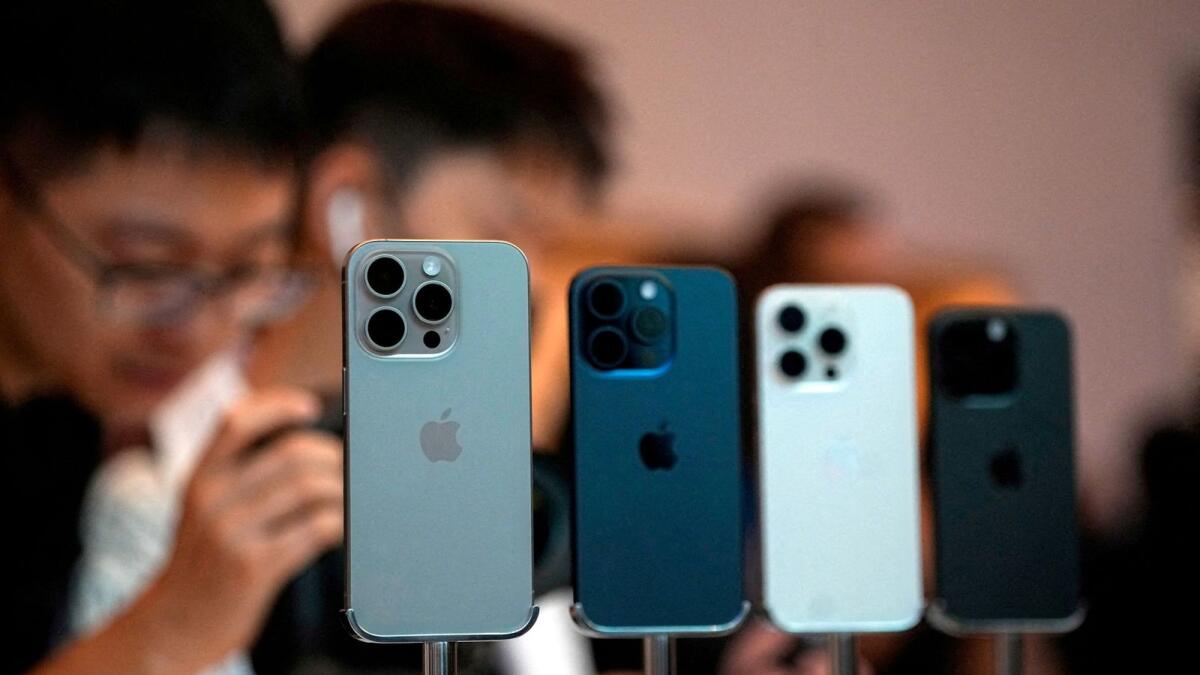Despite a strict ban on the latest models of iPhone in Iran, including the 14 and 15 series, many Iranians are still finding ways to get their hands on these coveted devices. The ban, which was implemented in February 2023, prohibits users of these models from registering their phones in the country, leading to a lack of network coverage and connectivity for many users. This has forced individuals like Hamid, a 32-year-old cafe-goer, to resort to alternative methods such as adjusting network parameters to bypass the restrictions.
The ban on the latest iPhone models in Iran has brought to light the economic pressures that the country’s government has been facing, including international sanctions and soaring inflation. The measure was introduced as a way to cut back on foreign currency spending, as iPhones from US firm Apple remain highly sought after in Iran for their advanced technology and status symbol. However, the ban has inadvertently created a thriving underground market, where vendors inflate the prices of older iPhone models that are easier to register.
In response to the ban, some individuals and companies have taken advantage of the situation by offering discounted iPhones through fraudulent schemes. One such company, “Koroush,” allegedly scammed thousands of Iranians out of tens of millions of dollars by selling cheap iPhones through online ads featuring celebrities. This has resulted in legal action being taken against the company, with reports of over 5,000 fraud cases being filed in Tehran and other cities.
Despite the ban and the challenges it presents, many Iranians are still willing to pay a premium for iPhones, with prices for older models like the iPhone 13 ranging from 410 million rials to over one billion rials ($710-$1,900), and the 15 series retailing for between 440 million rials and a billion rials ($750-$1,900). These prices, combined with the limited availability of the latest models, have driven demand for iPhones in the country, with devices costing over $600 accounting for nearly 32 percent of Iran’s mobile phone imports in recent years.
To circumvent the ban and gain access to network services, users of iPhone 14s and 15s have been forced to seek out illicit and costly methods. Vendors and software technicians charge significant sums to alter network parameters and bypass the restrictions, but these solutions are often temporary and offer no permanent fix. Despite the challenges posed by the ban, individuals like Hamid and Mehdi continue to search for ways to use their iPhones and remain connected, highlighting the persistence and determination of Iranian consumers in the face of adversity.











